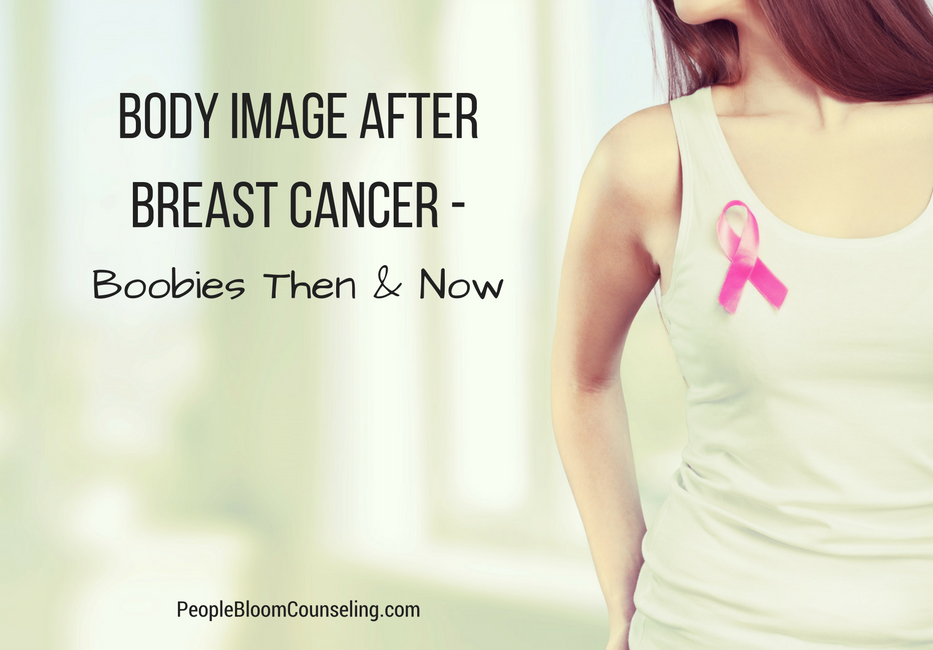Sunset Girl/unsplash.com
Trauma is prevalent in our society. Turn on the TV or go on any social media and there’s no shortage of natural disasters, accidents and injuries, abuse, threats of violence, violence itself, and sudden deaths. Sadly, this does not include traumatic events that have happened to you or to those you know. In my previous post, I gave an overview on trauma. In this post and next, I’ll be covering treatments for trauma.
Evidence-based treatments for Posttraumatic Stress Disorder (PTSD)
In the field of psychotherapy, “evidence-based treatments” are treatment modalities that have been proven by scientific research to be effective for treating a particular set of symptoms. In the case of PTSD, a subset of Cognitive Behavioral Therapies (CBT) have shown to significantly decrease PTSD symptoms and related conditions, and these benefits are sustained well after treatment is over. I’ll be writing about two types of CBT approaches that I practice at my Redmond office. I’ll also be calling on trauma experts in the larger Seattle community to comment on other approaches that they specialize in.
Trauma-Focused Cognitive Behavioral Therapy (TF-CBT)
Trauma-Focused Cognitive Behavioral Therapy (TF-CBT) is designed to help children, adolescents and their families recover from trauma and related symptoms. Over the course of 12-16 sessions, children and their caregivers will learn about the particular trauma the child has experienced, common trauma symptoms, as well as the roadmap for treatment. Caregivers will also get support around parenting and learn ways to manage the child’s emotional and behavioral difficulties related to the trauma. Children will develop and practice relaxation techniques, ways to regulate their emotions, and skills to begin thinking about their trauma differently. They will also be asked to tell/write about their trauma experience in a safe environment, share it with a special person and learn ways to safely navigate the world going forward. At the end of treatment, many kids feel really empowered and their caregivers proud! And, the tools gained from treatment can be easily adapted to cope with other life stressors.
Cognitive Processing Therapy (CPT)
First developed for use with veterans who have experienced PTSD symptoms, Cognitive Processing Therapy (CPT) has been shown effective in treating other types of trauma. As in traditional CBT, CPT sees a strong connection between your thoughts, feelings, actions, and body sensations. And, to the extent that you have some unhelpful ways of seeing the world before and/or after the traumatic event, those beliefs will keep you “stuck in non-recovery”. When you’re “stuck,” you tend to be hard on yourself and others, mistrustful of the world, and feel numbed out and angry. The ultimate goals of CPT are to help you: 1) accept the reality that the traumatic event happened, 2) fully experience the emotions about the event in a safe environment, and 3) develop more balanced, realistic views about the event, yourself, and others. Clients who have completed 12-20 sessions of CPT have shown a decrease in PTSD and trauma-related symptoms such as depression, anxiety, shame or guilt. They have also reported feeling more present in their everyday life.
Now, calling my first expert! *Drumroll*
Prolonged Exposure Therapy (PE)
For years, Caitlin Vincent, MS, LMFT, CDP provided therapy at the King County Sexual Assault Resource Center. She writes, “I find people struggle most with the re-experiencing symptoms of PTSD (flashbacks, nightmares, intrusive memories and strong physical and emotional reactions when reminded of their experience). They often say that they feel haunted and raw, like the event just happened, even if it didn't. Prolonged Exposure (PE) is a form of therapy that is especially helpful for alleviating these symptoms of PTSD by safely revisiting painful memories in detail, from start to finish, in a process called Imaginal Exposure. Just as a once-scary movie becomes less shocking if you watch it several times, this process can allow someone to regain more control over their minds and bodies. By facing these memories thoroughly and directly, and then talking about the thoughts and feelings that arise, people can start to put the experience behind them, because finally allowing the brain to process the memory relieves its instinct to replay details over and over. PE is best for someone who has a clear and identifiable 'worst' traumatic incident that they can refer to and focus on, but can easily also be used for multiple traumas.”
There is hope for you
If you suffer from trauma symptoms and these CBT approaches to treatment resonate with you, there is hope. Yes, it is scary. Caitlin and I hear you. We’ve been there with countless clients and have walked them through this painful and frightening journey into hope and recovery. We'd want to do the same for you. Let us know how we can help. I’m here and Caitlin is here.
Up ahead
Stay tune for other evidence-based approaches to treating trauma that I cannot even begin to describe! I’ll leave it to the experts.
Ada Pang, MS, LMFT is the proud owner of People Bloom Counseling, a Redmond psychotherapy practice in WA. She helps distressed couples and breast cancer patients. She understands that she cannot be known for too many things, but yes, she loves helping amazing but struggling people recover from trauma as well. When she’s not working or thinking about work, she’s eating or thinking about food.






















